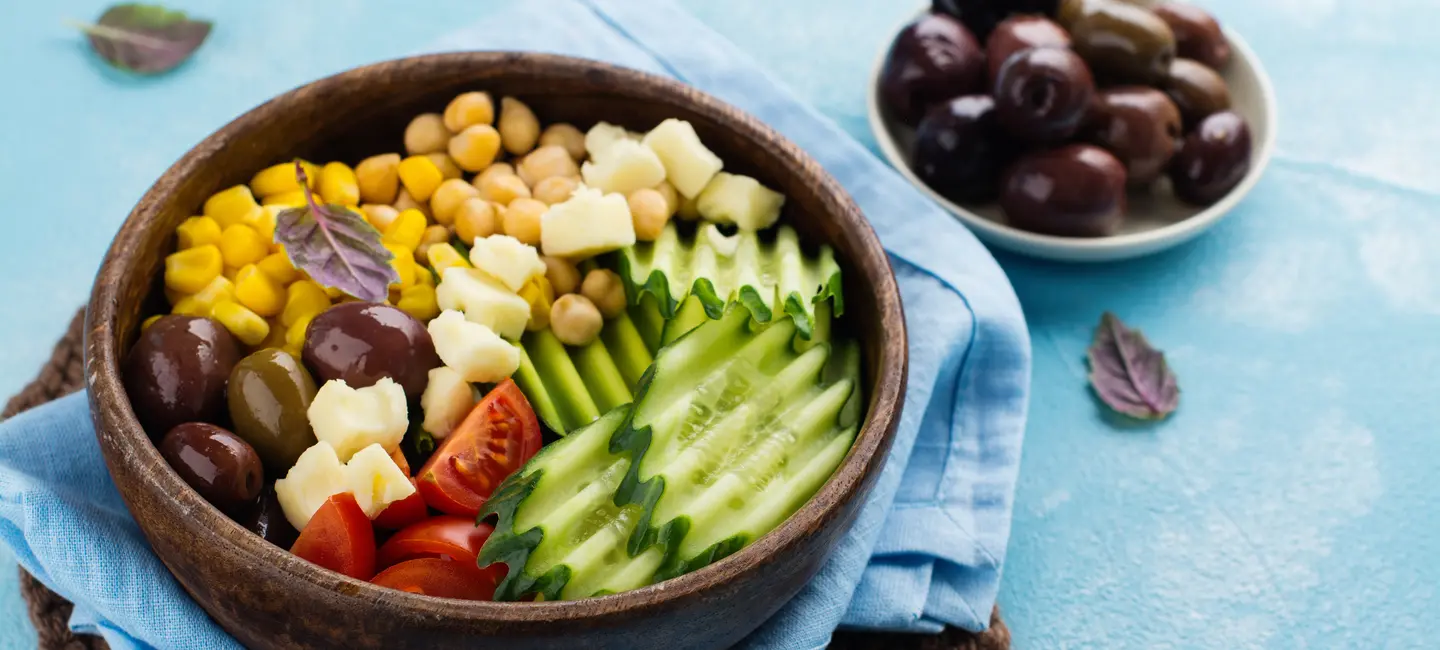
Raw food diets involve eating mostly foods that have not been cooked or processed. Some people who follow a raw food diet also eat raw meat. But many people eat only raw vegetarian or vegan foods.
Some people use the raw food diet for obesity, high blood pressure, and to improve overall health, but there is no good scientific evidence to support these uses.
Is It Effective?
NatMed Pro rates effectiveness based on scientific evidence according to the following scale: Effective, Likely Effective, Possibly Effective, Possibly Ineffective, Likely Ineffective, Ineffective, and Insufficient Evidence to Rate.
- High blood pressure. Early research shows that eating raw foods as 40% of the diet might help to lower diastolic blood pressure (the "bottom number") in people with high blood pressure.
- Obesity. Early research shows that most healthy people who follow a raw food diet lose weight. But many people that follow a raw food diet also report being underweight.
- Overall health.
- Other conditions.
More evidence is needed to rate the raw food diet for these uses.
Is it Safe?
People who follow raw food diets claim that these diets have more nutrition because the food has not been cooked or processed. But studies in people who follow these diets don't support this claim. In fact, people who follow raw food diets might have lower blood levels of some nutrients, and might be more likely to be underweight.
It is POSSIBLY UNSAFE to follow a strict raw food diet, long-term. A strict raw food diet (90% to 100% of all foods eaten are raw) might not provide adequate nutrition. Some studies have found that people who follow a strict raw food diet are more likely to be underweight. Women who follow a strict raw food diet are more likely to not have a period. Also, following a raw food diet might increase the risk for tooth erosion.
There isn't enough reliable information to know if following a partial or moderate raw food diet, in which 40% to 80% of all the foods eaten are raw, is safe or what the side effects might be.
Pregnancy and breast-feeding: There isn't enough reliable information to know if Raw Food Diet is safe to use when pregnant or breast-feeding. Stay on the safe side and avoid use.
It is not known if this diet interacts with any medicines.
Before using this diet, talk with your health professional if you take any medications.
There are no known interactions with herbs and supplements.
There are no known interactions with foods.
Raw food diets involve eating foods that are not cooked or processed. Most people who follow these diets eat large amounts of fruits, vegetables, nuts, grains, seeds, and beans. Some people also eat raw meat and fish. Some people follow a partial raw food diet where only about 40% of the diet is made up of raw foods. Other people follow a moderate diet, in which about 70% to 80% of the food is raw. Strict followers consume 90% to 100% raw foods.
Instinct Therapy, Instinctotherapy, Raw Foodism, Raw Foods Diet, Raw Paleolithic Nutrition, Rawism, Wai Diet.
Information on this website is for informational use only and is not intended to replace professional medical advice, diagnosis, or treatment. While evidence-based, it is not guaranteed to be error-free and is not intended to meet any particular user’s needs or requirements or to cover all possible uses, safety concerns, interactions, outcomes, or adverse effects. Always check with your doctor or other medical professional before making healthcare decisions (including taking any medication) and do not delay or disregard seeking medical advice or treatment based on any information displayed on this website.
© TRC Healthcare 2024. All rights reserved. Use and/or distribution is permitted only pursuant to a valid license or other permission from TRC Healthcare.
